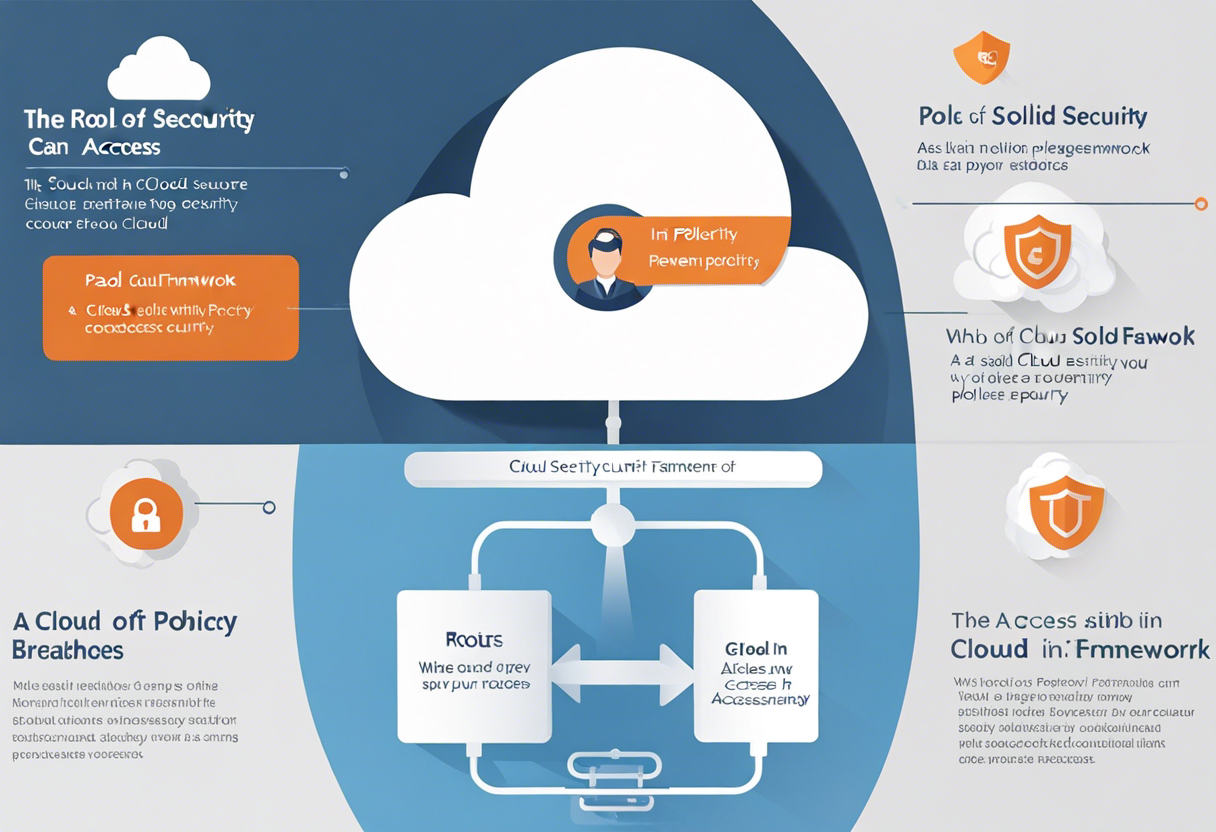Top 5 Guide: Navigating the Nebulous World of Cloud Security Vulnerabilities
Considering the vast digital landscape, comprehending the cloud can be a daunting task. However, this becoming an essential concept in today's digitized world, especially where business operations are concerned. "Cloud" refers to servers hosted on the internet—and these servers store, manage, and process data. One of the core reasons for an organization to adopt cloud computing is its cost-effectiveness and increased efficiency.
When it comes to cloud security, the stakes are high, as data vulnerability and breaches can harm the organization's resources. Although robust protection mechanisms are put into place by cloud service providers, vulnerabilities often emerge owing to poor user practices. Therefore, understanding these vulnerabilities is crucial to maximize the benefits of cloud computing.
Types of Cloud Security Vulnerabilities

There are several types of vulnerabilities that can potentially disrupt the security of your data in the cloud. Some of these include insecure APIs, system vulnerabilities, account hijacking, and malicious insiders.
Insecure APIs often pose a colossal risk as they are the essential tools for communication in cloud environments. They can provide a gateway for hackers to control and manipulate data. System vulnerabilities are usually inherent in any system, cloud-based or not, but with the cloud, they can significantly impact many systems simultaneously. Account hijacking and malicious insiders pose risks relating to unauthorized access to sensitive information.
Mitigating Cloud Security Vulnerabilities

Addressing cloud security vulnerabilities demands a proactive approach. Implementing robust access controls, regularly auditing your security measures, and creating incident response plans are crucial steps to mitigate risks.
Limiting undue exposure by means of intelligent access control is a proactive measure to prevent unauthorized access to sensitive data. Regularly auditing your cloud resources helps identify potential risks early and ensures continuous compliance. In the event of a security breach, having a documented incident response plan can help you react quickly and decisively to mitigate the impact.
Common Misconceptions About Cloud Security

Common misconceptions regarding cloud security can act as additional barriers to effective defense. For instance, many believe that cloud services are inherently secure, leading to complacency. Others think that their data is scattered and therefore immune to targeted attacks.
It's crucial to understand that while cloud service providers have in-built security features, it doesn't completely protect users from threats, especially those arising from user actions. Furthermore, the notion that data scattering offers protection is rather a double-edged sword. While it might deter some attackers, it also makes monitoring for breaches significantly harder.
The Role of Policy in Cloud Security

Creating a solid policy framework can significantly enhance your cloud security. This includes comprehensive internal policies for data management, clear guidelines for usage and access control, and stringent policies regarding third-party vendors.
By clearly defining who has what level of access to the cloud, you can limit the chances of unauthorized access. Similarly, strict policies regarding third-party vendors can prevent potential data breaches from those quarters. Effective data management policies can help ensure that sensitive data doesn't end up in the wrong place, hence protecting data against possible breaches.
Looking Ahead: Future of Cloud Security

While vulnerabilities persist, advancements in technology also help in refining security measures, keeping pace with the evolving threats. Technologies such as Artificial Intelligence and Machine Learning are gradually coming to the fore in the fight against cloud security vulnerabilities.
These technologies can help predict potential vulnerabilities and take preventive measures. Additionally, they can help automate the incident response system, helping organizations tackle breaches more effectively and minimizing damage. The future of cloud computing thus leans towards a balance between potential vulnerabilities and evolving solutions, making it ever challenging but also exciting.







